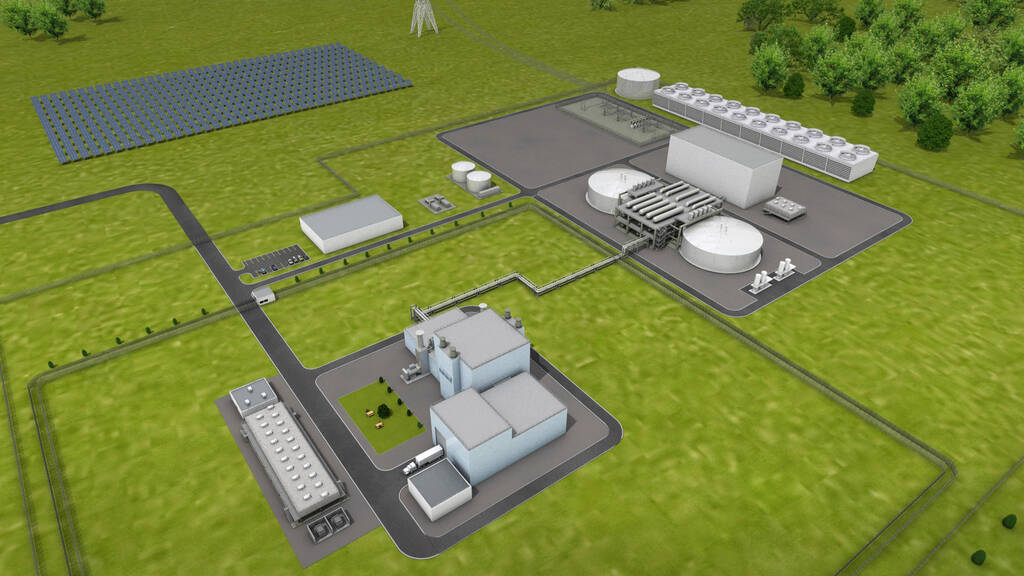The Department of Energy (DOE) is supporting research, development and demonstration of new types of nuclear reactors, the U.S. Government Accountability Office noted.
In line with that role, in FY 2021, the Department made three multiyear awards totaling $4.6 billion to support the demonstration of a small modular reactor and two advanced reactors.
The new nuclear reactor types include light-water designs that are much smaller than existing reactors, with fewer parts, systems, and components.
They also include advanced reactor types with similar design simplicity that use different moderators, coolants or fuel types.
DOE awarded the Carbon Free Power project about $1.4 billion for a small modular reactor plant near Idaho Falls, Idaho.
Under the Advanced Reactor Demonstration Program, DOE awarded TerraPower nearly $2 billion for the Natrium Demonstration in Wyoming and X-energy about $1.2 billion for the Xe-100 Demonstration in Washington state.
Nuclear reactors
DOE has taken several steps to manage the risks associated with the three demonstration awards, including the use of project management practices such as budget controls and milestone tracking.
The two DOE offices that manage the awards-the Office of Nuclear Energy and the Office of Clean Energy Demonstrations-also plan to use other project management practices, such as independent external reviews, to monitor the awards.
Officials from the Office of Clean Energy Demonstrations said these additional project management practices will apply to all large DOE energy demonstration awards, regardless of which DOE offices manage them.
However, neither office has institutionalized their plans by documenting these additional project management practices.
Water and uranium
Documenting these processes, including the use of independent external reviews, would allow DOE to share best practices among the offices during the course of these multiyear awards, which could result in greater federal oversight of projects and improved project performance.
Existing light water nuclear reactors are generally large and expensive to build.
To note: currently operating nuclear reactors in the United States are referred to as «light water reactors,» i.e., reactors that use light water (ordinary water) to cool and moderate the reactor, as opposed to heavy water, which contains deuterium, an isotope of hydrogen.
Small modular reactors are those that generate 300 megawatts of electricity or less-compared to existing commercial reactors that have an average generating capacity of more than 1,000 megawatts of electricity-and average between 1/10th and one-quarter the size of a traditional nuclear reactor.

